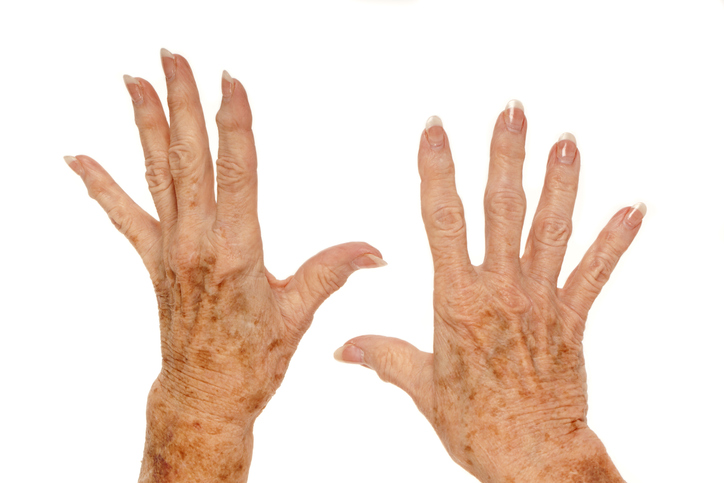Pain
What Is Scleroderma?

What is scleroderma?
Scleroderma is an autoimmune disease that causes tightening and hardening of the skin and other connective tissues. It is caused by an overabundance of collagen in body tissues. Scleroderma can be either localized or systemic. Localized scleroderma affects only the skin. Systemic scleroderma affects blood vessels and internal organs due to the thickening and scarring of tissues. Approximately 300,000 Americans have been diagnosed with either localized or systemic scleroderma.
What are the symptoms of scleroderma?
The most common symptom of scleroderma is patches of hard, tight skin. These patches may be in the shape of ovals or straight lines and may cover large areas of the body. The skin may appear shiny, and the tightness of the skin may limit movement of the affected area. Another common symptom of both localized and systemic scleroderma is pain, stiffness, and swelling of the joints, bones and muscles.
One of the earliest indications of systemic scleroderma is when the fingers become pale, numb and tingle when exposed to cold temperatures or when stressed (Raynaud’s phenomenon). It is important to note that Raynaud’s phenomenon can also occur in individuals without scleroderma. Other symptoms of systemic scleroderma include, but are not limited to, the following:
- Digestive symptoms such as trouble swallowing, diarrhea or constipation
- Shortness of breath
- High blood pressure
- Abnormal heart rhythms
Who is at risk for scleroderma?
Anyone can develop scleroderma. Individuals who are more likely to develop scleroderma include, but are not limited to, the following:
- Women
- Individuals between the ages of 30 to 50
- Certain ethnic groups, including the Choctaw Native Americans
- Individuals who have an existing autoimmune disorder
Environmental factors, such as exposure to certain viruses, medications or drugs, may lead to the development of scleroderma.















